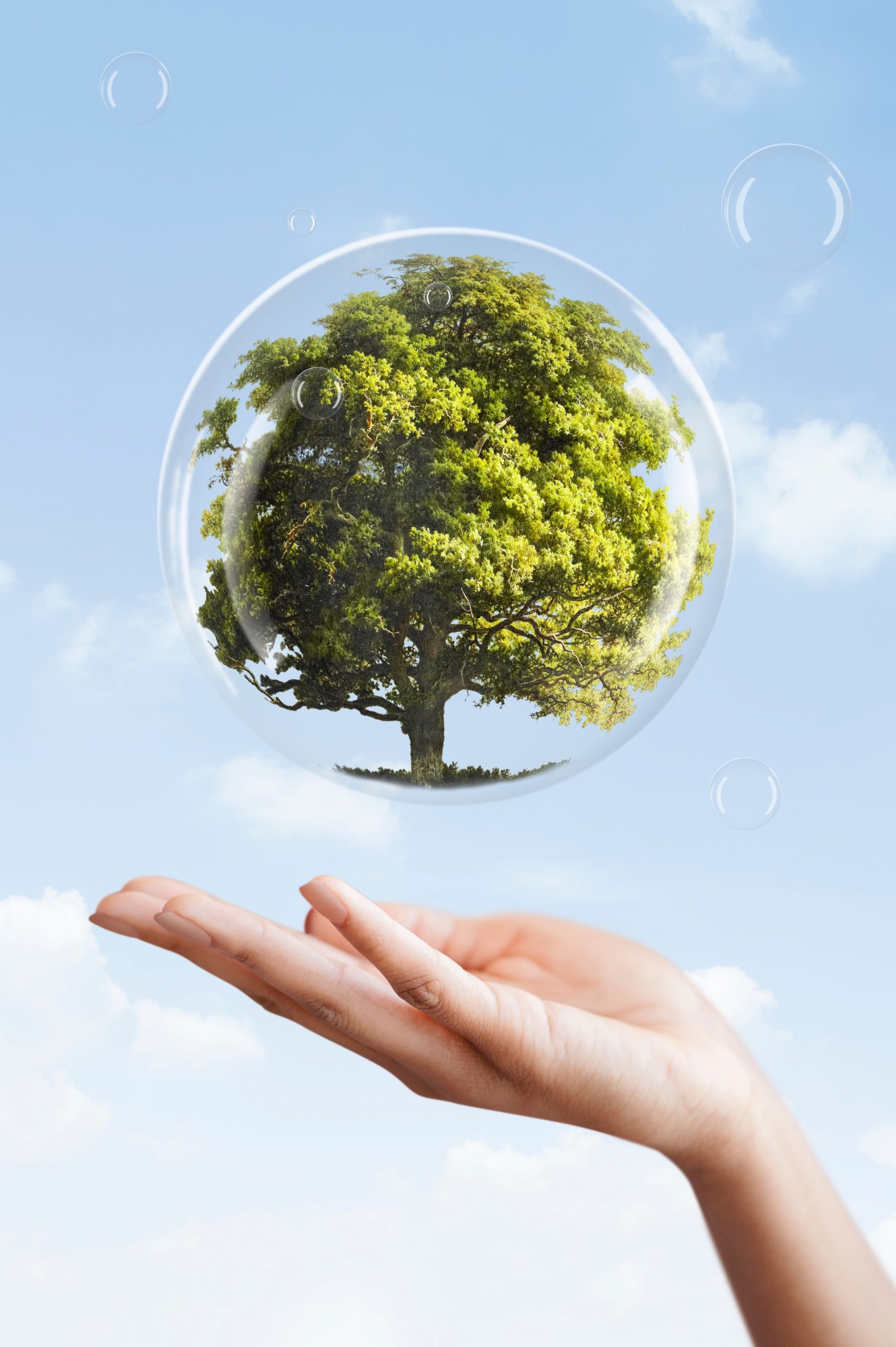Change in Progress
In the rapidly evolving world we live in, the traditional production and consumption model known as the linear economy is facing increasing scrutiny due to its significant impact on the environment and resource depletion. In response to these challenges, a new paradigm has emerged, known as the circular economy. In this article, we intend to present and deepen the main differences between both production models, examining their different approaches with regard to resource use, waste management and long-term sustainability.
Linear Economy
The linear economy is recognized for its model of “use, produce and discard”. The path from the extraction of raw materials to the production process, consumption and eventual disposal follows a linear path. In this production system, resources are extracted and used to manufacture products and are later discarded, thus ending their useful life. In this working model, the main focus of companies and organizations is to maximize production efficiency and economic growth, without paying attention to the long-term environmental consequences.
This work model is characterized by the rapid depletion of resources, the generation of waste, the limited shelf life of the product and the unidirectional flow of the production method. That is, the linear economy strongly depends on finite resources, which leads to their depletion and consequent environmental degradation. This is a production model that generates high amounts of waste, including various non-recyclable materials, causing a lot of pollution and overloading waste management systems. In addition to the above, products are generally designed to lose their usefulness after use, which encourages frequent replacements. All of this translates into a unidirectional production flow, that is, resources move in one direction, with no concern for recycling or reusing materials.
Circular Economy
The circular economy, on the other hand, is based on a regenerative production model, which aims to extract as much as possible from resources for as long as possible, followed by the correct and respective recycling of all materials after the use of the resource. This is a production and development model that promotes sustainability, waste reduction and a change of scenery that encourages the use of renewable and environmentally friendly resources.
The circular economy model is characterized by promoting efficient use of resources, seeking to extend the useful life of the product as much as possible, through reuse and recycling, and also through regeneration. In other words, this production and development model seeks to optimize the use of resources as much as possible, focusing on the use of renewable energies and minimizing the generation of waste. In addition, the products are designed to be durable, allowing repairs and upgrades to be carried out without having to perform an exchange soon after a potential problem. This allows you to use the product for as long as possible. One of the focuses of this business model is also the reuse and recycling of materials, thus minimizing waste levels. The circular economy aims to regenerate natural systems and promote the health of ecosystems, thus promoting a balanced and sustainable environment.
Differences Between Linear and Circular Economy
The difference between these two production models is based, in a concrete way, on the approach to resources, product design, waste management and the respective economic impact. In the Linear Economy resources are extracted, used and discarded, leading to resource depletion and waste accumulation. In turn, in the Circular Economy model, resources are managed sustainably, reused and recycled, reducing the global demand for virgin materials. The product design itself is also different between both models. In the Linear Economy, products tend to have a short shelf life, which promotes a culture of disposability. In turn, in the Circular Economy model, products are designed with longevity and repairability, encouraging consumers to use products for long periods.
As mentioned, waste management is also considerably different between both models. If, in turn, in the Linear Economy, product waste is inevitable (which leads to environmental pollution and the overflow of landfills), in the Circular Economy waste is minimized through recycling, reuse and recovery of materials (which reduces the burden on the environment). All this is reflected in the economic impact. That is, in the Linear Economy model, traditional economic growth is prioritized, but to the detriment of environmental sustainability. On the other hand, in the Circular Economy model, the focus is on sustainable economic development, always taking into account social and environmental factors.
The Linear and Circular Economy represent two very different approaches to resource utilization, waste management and sustainability. If, on the one hand, the Linear Economy is a model focused exclusively on economic growth, which actively contributes to environmental degradation, the Circular Economy offers a promising alternative in the search for a regenerative system where resources are used efficiently and waste is eliminated. minimized to the maximum. The transition from a linear to a circular model requires collective efforts by governments, businesses and consumers, but it promises a more sustainable and resilient future for generations to come.
Glow Professional in Sustainable Development
At Glow Professional we are focused on investing in the development of environmentally friendly solutions. We believe that sustainable development is the way forward, not only to safeguard our planet, but also to secure the future of younger generations. With a view to contributing to environmental sustainability, we have invested heavily in the development of super-concentrated solutions and packaging that can be easily recyclable.
At this stage, we already have our Refil Pro and Ecoline Pro Ranges, which allow users maximum hygiene and cleanliness, without compromising the environment. These easy-to-use solutions are extremely practical and eco-friendly and significantly reduce plastic waste. Visit our product pages now to find out everything about these two solutions!
However, our efforts for environmental preservation are not limited to these two options. We are continuously working on the development of environmentally friendly solutions and stay tuned to our website and our social networks, as we will present many new features soon!

